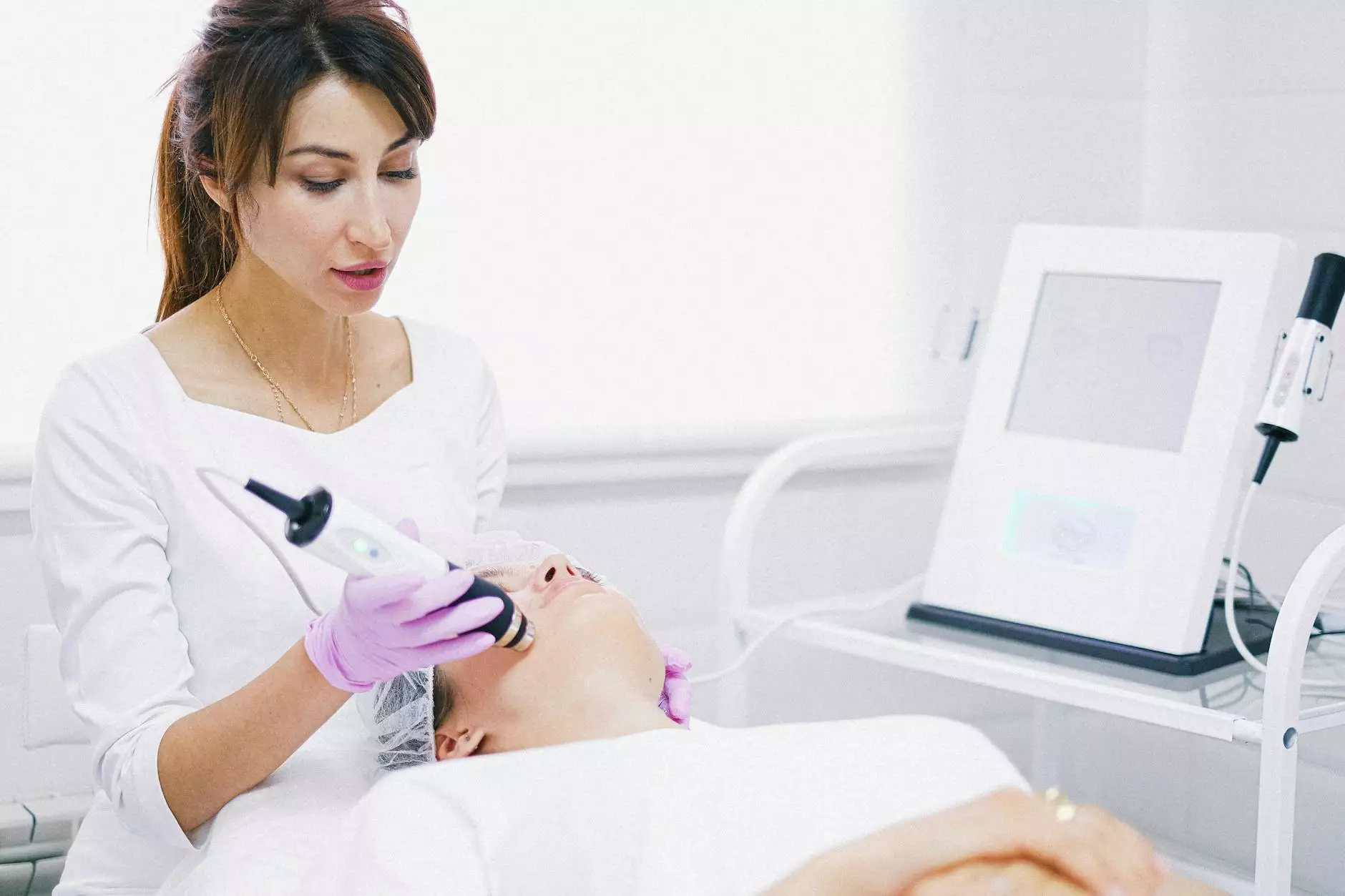Understanding Dark Spots on Feet: Causes, Treatments, and Prevention

Dark spots on feet can be a common concern for many individuals. These external markings may arise due to various factors, including skin pigmentation issues, sun exposure, or even underlying health conditions. In this article, we will delve into the numerous causes of dark spots on feet, discuss their implications, and explore a variety of treatment options along with preventive measures to help you achieve healthy, clear skin.
What Causes Dark Spots on Feet?
To effectively address dark spots on feet, it's essential to understand the underlying causes. Here are some common contributors to this skin condition:
- Sun Exposure: Prolonged exposure to the sun can lead to skin damage and the overproduction of melanin, resulting in dark spots.
- Aging: As we age, skin cell turnover decreases, which can result in localized pigmentation changes.
- Hormonal Changes: Conditions such as pregnancy or hormone therapies can trigger melasma, which may appear as dark spots.
- Skin Conditions: Conditions like eczema, psoriasis, and certain fungal infections can lead to pigmentation changes.
- Injury or Trauma: Post-inflammatory hyperpigmentation occurs when the skin heals from an injury or inflammation, leaving dark spots.
- Lentigines: Commonly known as age spots or liver spots, these are flat, brown spots that can develop with sun exposure over time.
- Medical Conditions: Certain health issues such as diabetes, liver disease, and Addison's disease can cause changes in skin pigmentation.
- Medications: Some medications may cause skin reactions that result in dark spots, especially if they increase skin sensitivity to sunlight.
Understanding Skin Pigmentation
The skin contains a pigment called melanin, produced by cells known as melanocytes. This pigment gives skin its color and plays a role in protecting the skin from UV radiation. When the skin is damaged or experiences inflammation, melanocytes may become overactive, leading to an excess of melanin in certain areas. This can create the appearance of dark spots on the skin, including the feet.
Identifying Dark Spots: When to Seek Medical Help
While many dark spots on feet are harmless, some may warrant a visit to a healthcare provider or dermatologist. Look for the following signs:
- Changes in Size or Shape: A dark spot that changes size, shape, or color might be of concern.
- Bleeding or Oozing: Any dark spot that starts to bleed or ooze should be examined immediately.
- Persistent Itching: Continuous itching around a dark spot can indicate an infection or other skin condition.
- New Spots Arising: The sudden appearance of many new spots after age 40 may require evaluation.
Treatment Options for Dark Spots on Feet
Once the cause of your dark spots on feet is identified, appropriate treatment options can be recommended. Here are several effective treatments:
1. Topical Creams
Over-the-counter creams containing hydroquinone, retinoids, or alpha hydroxy acids (AHAs) can help lighten dark spots. These formulations work by exfoliating the skin and reducing melanin production.
2. Chemical Peels
Chemical peels facilitate the exfoliation of the outer layers of skin, promoting the growth of new, evenly pigmented skin. This treatment can be beneficial for those with deeper pigmentation issues.
3. Laser Therapy
Laser treatments target specific areas of hyperpigmentation and help break down excess melanin. This method provides quick results, but multiple sessions may be required.
4. Cryotherapy
Cryotherapy involves applying extreme cold to dark spots using liquid nitrogen, which can effectively reduce pigmentation in the treated area.
5. Microdermabrasion
This minimally invasive procedure exfoliates the skin to reveal new skin cells and can help reduce the appearance of dark spots.
Home Remedies for Lightening Dark Spots
For those who prefer natural treatments, several home remedies can also help in reducing the appearance of dark spots on feet:
- Lemon Juice: Known for its natural bleaching properties, applying lemon juice can help lighten dark spots. Remember to rinse it off after a few minutes and avoid sun exposure right after application.
- Aloe Vera: The soothing properties of aloe can not only help reduce dark spots but also nourish the skin.
- Apple Cider Vinegar: When diluted with water, apple cider vinegar can be applied to dark spots to help exfoliate and lighten them over time.
- Turmeric Paste: Turmeric contains curcumin, which has anti-inflammatory properties and may help in brightening skin. Mix with yogurt to create a paste.
- Honey and Yogurt Mask: Both ingredients provide moisturizing and exfoliating benefits, which can help lighten dark spots.
Precautions When Using Home Remedies
While home remedies can be effective, it's essential to take precautions:
- Always perform a patch test before applying any remedy to ensure there is no adverse reaction.
- Limit sun exposure to prevent worsening pigmentation.
- Consult a healthcare professional if you have sensitive skin or underlying skin conditions.
Preventing Dark Spots on Feet
Preventing the emergence of dark spots on feet is feasible with proper care and lifestyle adjustments. Here are some practical preventive measures:
1. Sun Protection
Applying sunscreen with at least SPF 30 to your feet daily, especially when they are exposed to the sun, can significantly reduce the risk of developing dark spots.
2. Moisturizing
Keeping your skin moisturized can help it maintain its elasticity and may reduce the likelihood of spots developing due to dryness and irritation.
3. Healthy Diet
A balanced diet rich in antioxidants, vitamins, and minerals can promote skin health. Foods such as fruits, vegetables, nuts, and seeds can help your skin stay radiantly clear.
4. Regular Skin Check-ups
Routine check-ups with a dermatologist can catch any skin changes early and provide you with personalized care options.
Conclusion
In conclusion, while dark spots on feet may seem like a cosmetic issue, they can sometimes signify deeper health concerns. Identifying the cause is crucial for determining the right treatment. Whether you choose over-the-counter solutions, professional treatments, or home remedies, understanding your skin's needs and protecting it from sun damage will always be beneficial. Remember to consult with a healthcare professional if you notice any significant changes to your skin, ensuring that your skin remains healthy and vibrant.
For more information on vascular medicine and skin health, please visit Truffles Vein Specialists.









